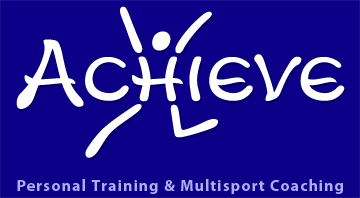Resolution Solution
 New Year’s resolutions are like butterflies… both represent a life changing transformation. But did you know that the expected lifespan of a butterfly is 3 days? Hmmm.
New Year’s resolutions are like butterflies… both represent a life changing transformation. But did you know that the expected lifespan of a butterfly is 3 days? Hmmm. The problem is we set ourselves up to fail before we even leave the cocoon. Resolutions are often dramatic declarations of denial, “I’m giving up sugar”, or over zealousness, “I’m going to workout two hours/day”. Kudos for the desire to improve your health, but this year don’t just do it for now, do it forever. How? By choosing a balanced approach.
The absolute best way to lose weight and keep it off is to use a balance log. I call it a balance log, not a food log, because long term weight loss is best maintained when you balance healthy eating and consistent exercise. Manipulating one without the other may work temporarily but it’s like cramming for a college exam – you may pass the test but you won’t learn anything.
Here are the steps to implementing a successful balance log for your New Year’s Resolution:
1. Find a track. No, not a running track (although that would be a good tool, too). Find a good tracking method that is easy to use and provides clear representation of your calories in (food) vs. calories out (exercise). There are plenty of free Internet sites and smart phone apps. For iPhone users, I recommend the “Lose It!” app. That way you have your balance log at your finger tips throughout the day. For a good Internet site try: www.livestrong.com.
2. Use it! Yes, this is a Yogi Berra-ism, but you have use the balance log for it to work. Commit to logging in absolutely everything, every day, without exception. This isn’t much fun on days you stray to the honey jar but honestly logging will help you figure out how to balance your week. That’s one of the key life-long learning tools – there are days when you eat more than you need to but it doesn’t mean you have to throw in the towel. Instead, use the towel to wipe your tears (or crumbs off your face) and make smart adjustments over the next few days.
3. Know before you go. Be proactive with your log. Before your next dinner party, pre-load your log to see how the day will unfold if you eat “x, y, & z””. This way you empower yourself rather than leaving it up to chance. You can even plan for dessert! It’s much easier to skip the bread basket when you know you get a sweet treat at the end of the meal. Just be sure to go back and double check your entries for accuracy at the end of the day.
4. Measuring up. Speaking of accuracy, it’s a must. You need to measure out your food portions initially, until you reset your brain-to-plate ratio. Ginormous serving sizes have skewed our sense of normalcy. The food guide pyramid defines a serving of cooked meat as 2-3 ounces. Along with other protein sources (eggs, beans, nuts, etc) you should get 2 -3 servings a day. On the other hand, the average steakhouse calls an 8oz steak a “petite” portion. That petite portion is more than most people need for an entire day. So measure your food using a measure cup/spoon, food scale, or find out what a serving size visually looks like. For instance, a 2 oz serving of cheese looks like a pair of dice. And a serving of cooked pasta is a half cup – which looks like nothing compared to the mound of carbs piled on your plate at the Macaroni Grill.
5. No brainer. The good news about logging your exercise is the balance logs does it for you! When you initially set up the balance log, you’ll input weight and estimate your resting metabolic rate. Thereafter, it can provide realistic calculations for exercise calories expended -- unlike stationary equipment, that tends to overestimate your “burn”.
So make your 2011 resolution to make the balanced solution! Commit to logging in for at least one solid month and you can achieve changes for good, not just for now.
